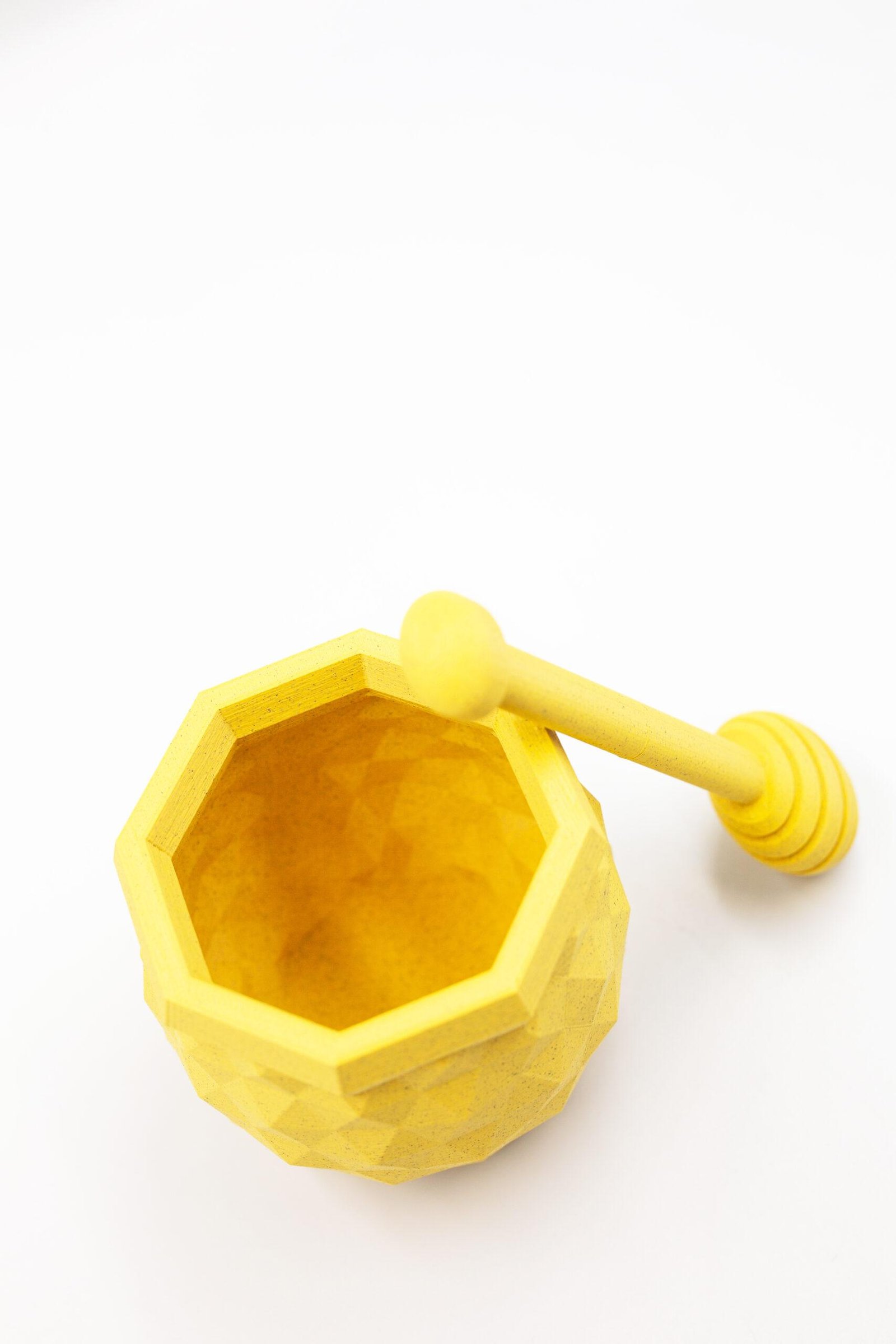When you’ve spent time and money sourcing high-quality 3D printing filaments, the last thing you want is poor storage ruining your materials. Filaments are sensitive to environmental conditions, and without the right storage practices, even premium spools can degrade. The result? Inconsistent extrusion, brittle prints, and wasted material. Fortunately, a few simple adjustments can go a long way in protecting your investment and ensuring reliable, high-quality results every time you print.
Here’s everything you need to know about the best storage practices for your filaments.
Why Proper Filament Storage Is Essential
3D printer filaments, especially hygroscopic ones like Nylon, PETG, and PVA, are notorious for absorbing moisture from the air. When these filaments become saturated with water vapor, they can bubble, snap, or cause poor bed adhesion during printing. The higher the humidity in your workspace, the more aggressive this problem becomes.
Even a filament that feels dry to the touch can accumulate enough moisture to impact your print quality. That’s why proactive filament storage is not a luxury — it’s a necessity for consistent printing performance.
Ideal Storage Conditions for 3D Printer Filaments
The golden rule for filament storage is simple: keep it dry, dark, and dust-free. More specifically:
- Humidity should be kept below 20% relative humidity (RH).
- Temperature should be stable and away from heat sources or direct sunlight.
- Dust exposure should be minimized to prevent clogging your nozzle or affecting filament feeding.
Using hygrometers can help monitor the internal environment of your storage solution to ensure optimal conditions are maintained.
Storage Options: From Basic to Pro-Level
Depending on your budget and the types of filaments you use, there are several options to keep your spools in top shape.
1. Ziplock Bags + Desiccants
One of the simplest and most affordable methods involves sealing your filament spools in heavy-duty ziplock bags along with silica gel packets. These packets absorb moisture, and the sealed environment slows reabsorption. While not ideal for long-term storage, this method is very effective for occasional printers.
2. Plastic Storage Bins
A step up in protection, plastic bins with tight-fitting lids can be turned into mini dry boxes. Add some desiccant packs or reusable silica canisters inside, and you’ve got a reliable mid-range option. Some bins are even available with hygrometers built into the lid, giving you full visibility of humidity levels.
3. Vacuum Sealed Bags
Want longer-lasting storage without much fuss? Vacuum sealing is the answer. These airtight bags, when used with a vacuum pump, pull out nearly all air — and moisture with it. Add a desiccant packet before sealing, and you’ve got a filament spa retreat.
4. Filament Dry Boxes
Designed specifically for filament care, dry boxes come in both passive (with desiccants) and active (electronic drying) forms. Some advanced models even let you feed the filament directly into your printer without unsealing the box, maintaining dryness throughout the print.
5. Dehydrators and Dry Cabinets
For high-volume users or anyone working with sensitive materials like TPU or Nylon, investing in a professional dehydrator or dry cabinet is worth every penny. These units offer precise humidity and temperature control, ensuring your spools stay factory-fresh — even after months of storage.
How to Use Desiccants Effectively
Desiccants like silica gel or calcium chloride work by absorbing ambient moisture from the air. Here are a few quick tips:
- Use at least 50–100 grams of silica gel per spool for enclosed containers.
- Choose color-indicating variants (like orange-to-green) to know when it’s time for recharging.
- Recharge used silica gel by baking it in an oven at 120°C (248°F) for 2–3 hours.
Make sure desiccants are not exposed directly to the filament to avoid contact residue.
Signs Your Filament Has Absorbed Moisture
Wondering if it’s too late? Look out for these tell-tale signs that your filament needs drying:
- Crackling or popping sounds during extrusion.
- Stringy or bubbly prints even with fine-tuned settings.
- Filament snapping during feeding.
- Cloudy or rough print surfaces, especially on glossy filaments like ABS or PLA+.
If these occur, consider drying the filament before your next print using a dehydrator or dry box.
Tips for Long-Term Filament Storage
If you’re buying in bulk or using rare materials, storing them correctly over months becomes even more important. A few long-term strategies include:
- Labeling spools with date of purchase and material type.
- Implementing a FIFO (First In, First Out) system to use older spools first.
- Regularly checking desiccants and replacing or recharging as needed.
- Keeping a dedicated filament storage area that’s temperature- and humidity-controlled.
Product Recommendations from FilaLab.shop
To make your storage journey easy, FilaLab.shop offers a curated selection of filament care essentials:
- Vacuum-seal bags with manual pumps – ideal for compact, budget-friendly storage.
- Reusable silica gel desiccant packs – with humidity indicators built in.
- Professional filament dry boxes – designed to feed filament while keeping it dry.
- Compact storage bins – perfect for organizing your spools while preserving their condition.
Visit FilaLab.shop to explore our bestsellers and bundles to protect your printing materials.
Conclusion: Protect Your Prints Before You Hit “Print”
3D printing success starts long before you load filament into your machine. Moisture-damaged filament can silently sabotage even the best-designed model. But with a few smart storage practices — and the right tools — you can keep every spool ready to perform at its best.
Whether you’re a casual hobbyist or a serious print enthusiast, these best practices for filament storage will save time, reduce waste, and ensure every print is flawless. Ready to upgrade your setup? Check out FilaLab.shop’s collection of storage tools and filament care essentials.

